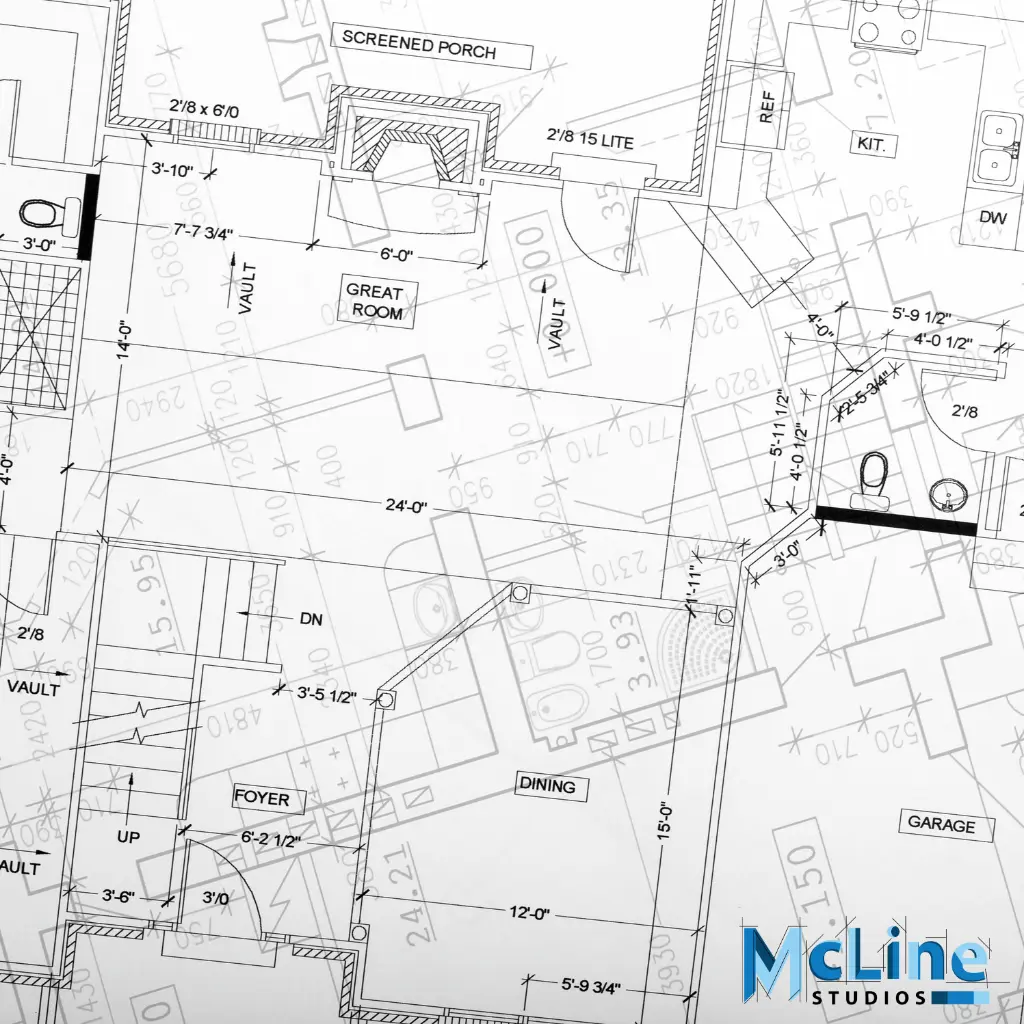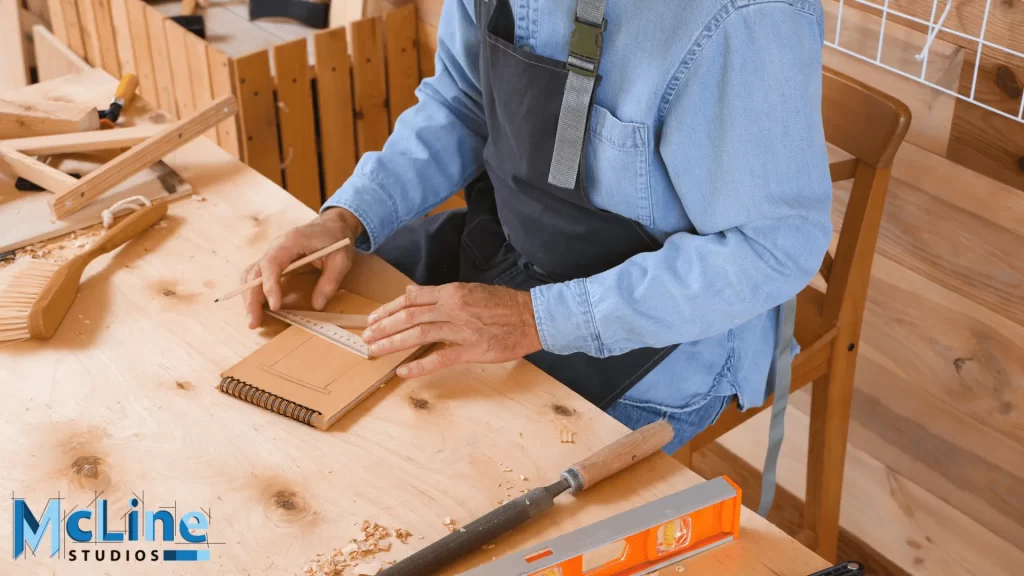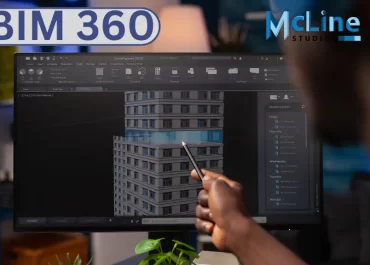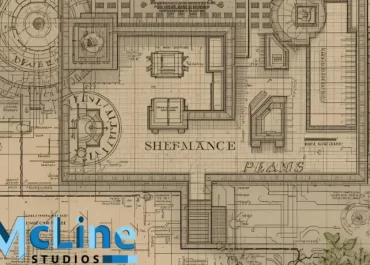Woodwork shop drawings are detailed technical illustrations that woodworkers use to build furniture and other objects. Before beginning a woodwork project, a craftsperson will carefully draw up shop drawings showing the dimensions, joinery, and assembly of each component.
These drawings provide an invaluable roadmap that guides the woodworker through each step of the fabrication process. Accurate woodwork shop drawings help ensure that parts fit together properly and that projects turn out as intended. For complex builds involving multiple sections that must align perfectly, shop drawings are essential.
They reduce mistakes and wasted materials by minimizing the need for trimming and adjustments during assembly. Overall, thoughtfully prepared woodwork shop drawings save time and frustration while enabling woodworkers to efficiently produce quality results. Ahead in this article, we’ll explore the benefits of woodwork shop drawings and who should create woodwork shop drawings.

Benefits of Woodwork Shop Drawings
Woodwork shop drawings, also known as detailed plans or blueprints, offer several benefits for both woodworkers and clients:
Visualization
Woodwork shop drawings provide a visual representation of the final product. This visualization is often more detailed and accurate than sketches or verbal descriptions alone. By seeing how the finished piece will look, stakeholders can better understand the design intent and make informed decisions. Visualizing the result early in the process allows for adjustments to be made more easily and ensures that everyone involved in the project has a clear understanding of the desired outcome.
Precision and Accuracy
Shop drawings are typically created with precise measurements and specifications. They include detailed information about dimensions, joinery techniques, material types, and finishes. This level of detail ensures that each component of the woodworking project is accurately fabricated and assembled according to the designer’s intentions. Precision in shop drawings helps minimize errors during production and reduces the need for costly rework or adjustments later on.
Communication
Clear and detailed shop drawings serve as a common language for communication between designers, woodworkers, and clients. They provide a visual reference that everyone can refer to throughout the project. By conveying important details such as materials, dimensions, and finishes, shop drawings ensure that all stakeholders are aligned on the specifications and expectations for the final product. Effective communication facilitated by shop drawings helps prevent misunderstandings and ensures that the project progresses smoothly.
Efficiency
Shop drawings contribute to the efficiency of the woodworking process by providing a roadmap for fabrication and assembly. Woodworkers can refer to the drawings to understand the sequence of steps required to complete the project. This clarity helps streamline production workflows, reduce downtime, and optimize resource utilization. With detailed instructions and specifications at hand, woodworkers can work more efficiently and effectively, ultimately saving time and resources.
Cost-Effectiveness
Accurate shop drawings can lead to cost savings by minimizing errors and waste. By providing precise measurements and specifications, shop drawings help optimize material usage and reduce the likelihood of mistakes during fabrication. This can result in lower material costs and reduced labor expenses associated with rework or corrections. Additionally, by streamlining the production process and improving efficiency, shop drawings contribute to overall cost-effectiveness by maximizing productivity and minimizing project delays.
Customization
For custom woodworking projects, shop drawings are essential for translating design concepts into actionable plans. They provide a blueprint for creating unique, one-of-a-kind pieces that meet the specific requirements of the client. By detailing the dimensions, materials, and construction methods required, shop drawings guide woodworkers in bringing the designer’s vision to life. This allows for a high degree of customization while ensuring that the final product meets the client’s expectations in terms of aesthetics, functionality, and quality.
Legal Protection
In some cases, shop drawings may serve as legal documents that outline the agreed-upon specifications and details of a woodworking project. They provide evidence of the intended design and construction methods, which can be important in resolving disputes or addressing issues that arise during or after the construction process. By documenting the project specifications in detail, shop drawings help protect the interests of all parties involved and provide a clear reference point for ensuring that the project is completed according to the agreed-upon terms and conditions.
Who Should Create Woodwork Shop Drawings?
Woodwork shop drawings should ideally be created by skilled drafting professionals with expertise in woodworking and drafting. These individuals could include experienced carpenters, cabinetmakers, or architectural drafters who possess a deep understanding of woodworking techniques, materials, and construction methods.
Accuracy and precision are essential in creating woodwork shop drawings, as they serve as the blueprint for fabrication. The person responsible for creating these drawings must have a keen eye for detail and the ability to translate design specifications into clear, comprehensive plans that can be easily understood by craftsmen and contractors.
Furthermore, collaboration between designers, architects, and woodworkers is essential to ensure that the drawings accurately reflect the intended design while also considering practical aspects such as structural integrity and material availability. Effective communication and coordination among these stakeholders can help streamline the design and fabrication process, leading to successful project outcomes.
Ultimately, those creating woodwork shop drawings should possess a combination of technical skill, creativity, and industry knowledge to produce high-quality plans that meet the project’s requirements and specifications.
Conclusion
In conclusion, woodwork shop drawings are an essential part of any woodworking project, allowing crafters to plan out their designs and ensure proper measurements before beginning construction. Whether drafting by hand or with CAD software, these technical illustrations provide valuable guidance that can mean the difference between success and failure.
While intimidating at first, the ability to read and create woodwork drawings is a skill that opens up new possibilities for ambitious hobbyists and professionals alike. With some basic knowledge of drawing techniques, standards, and conventions, woodworkers can bring their ideas to life with confidence and accuracy. Though often overlooked, quality shop drawings are the foundation on which stunning and functional wood pieces are built.
If you’re looking for professional woodwork shop drawing services then McLine Studios is the right place for you! With our commitment to craftsmanship, we provide precise drawings that guide the fabrication process seamlessly. Our expertise ensures the realization of your woodworking projects with precision and excellence.




